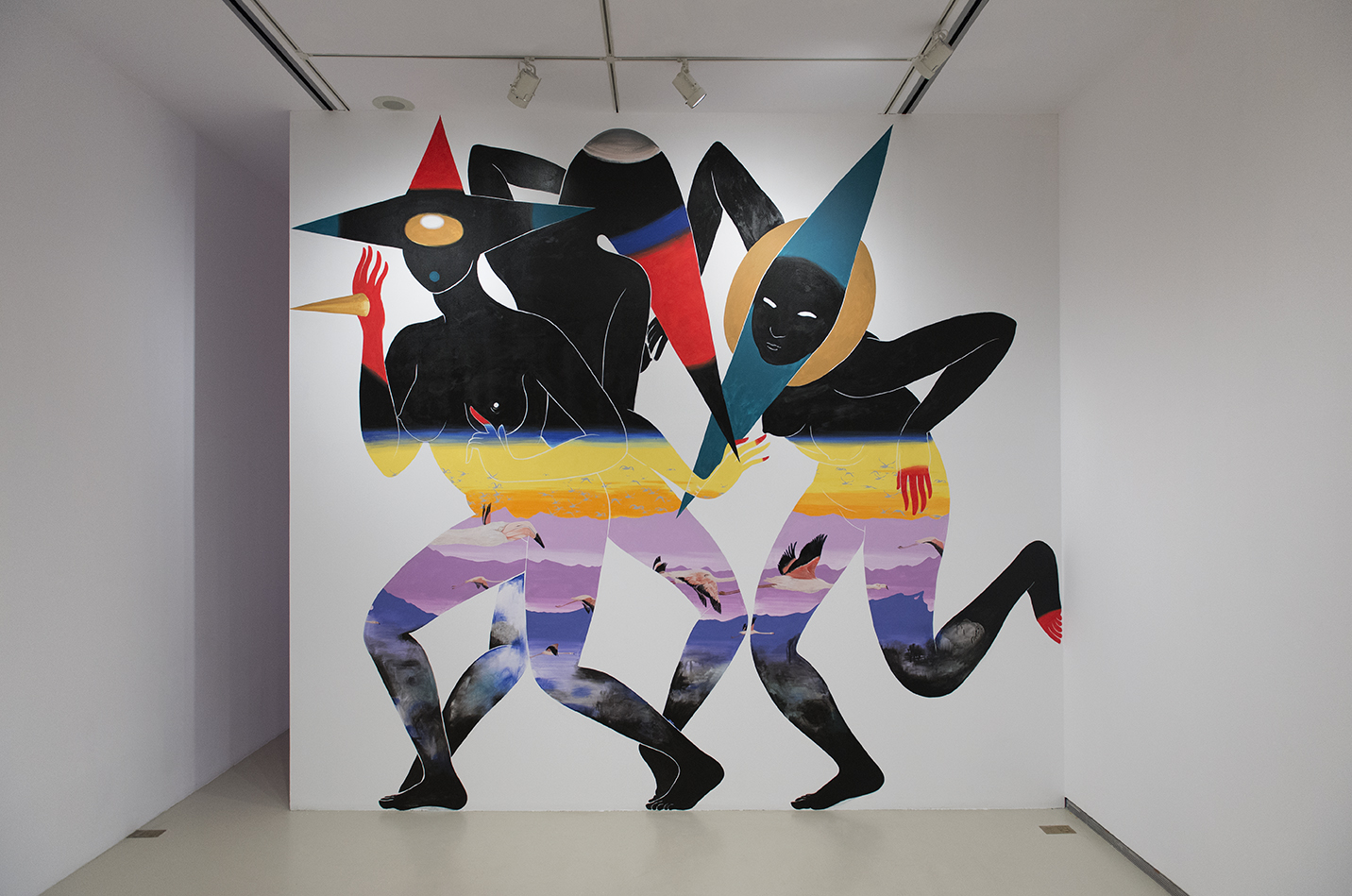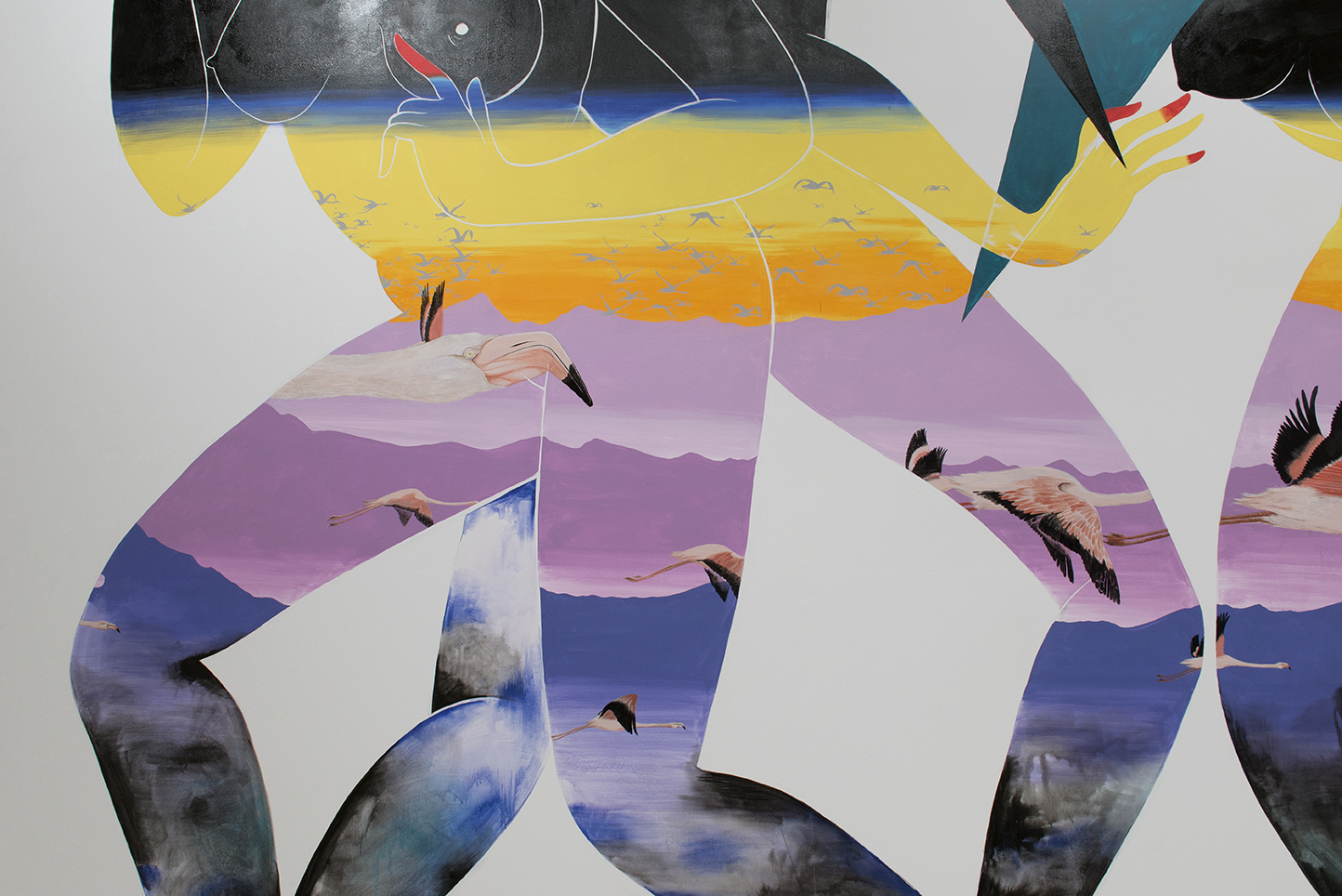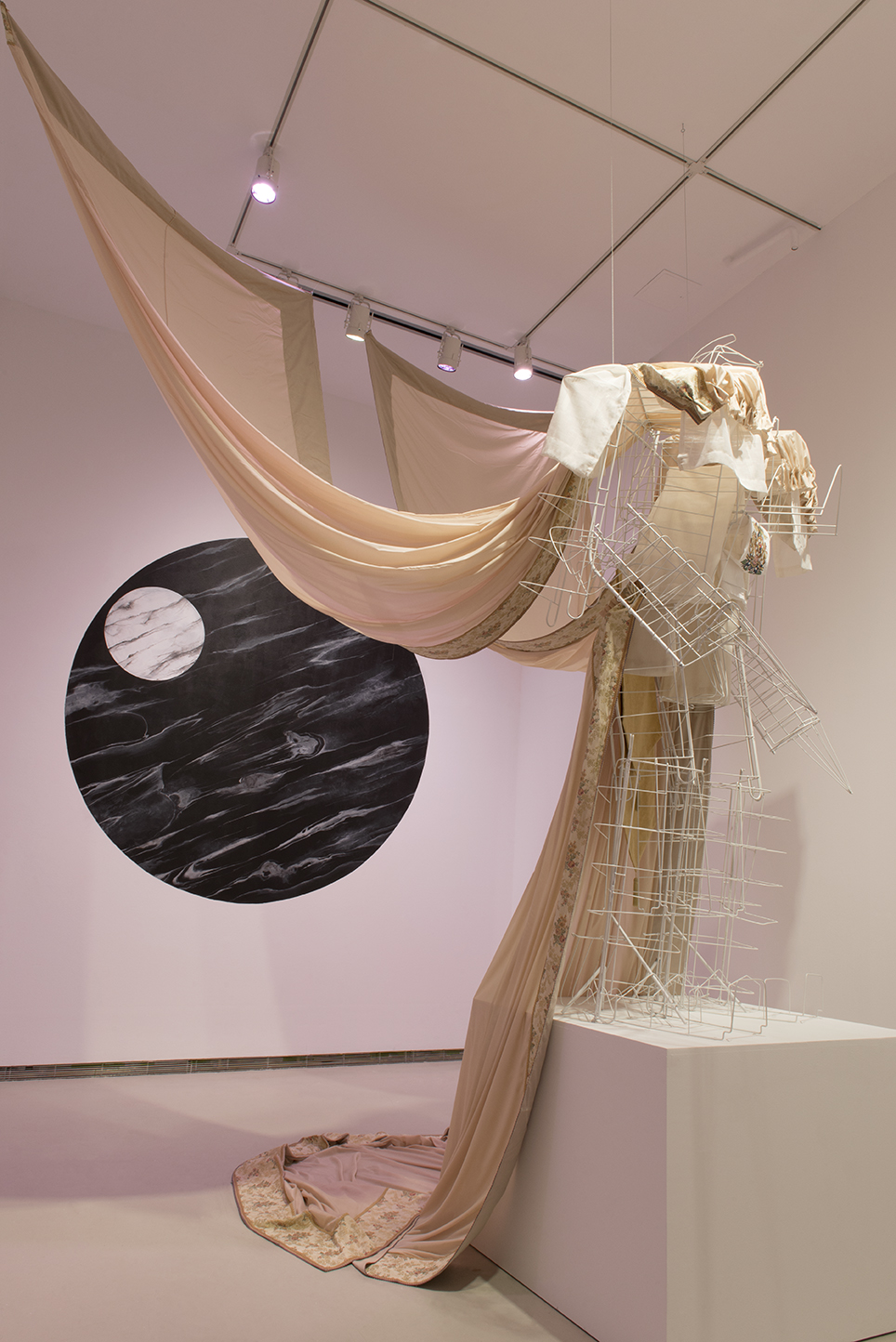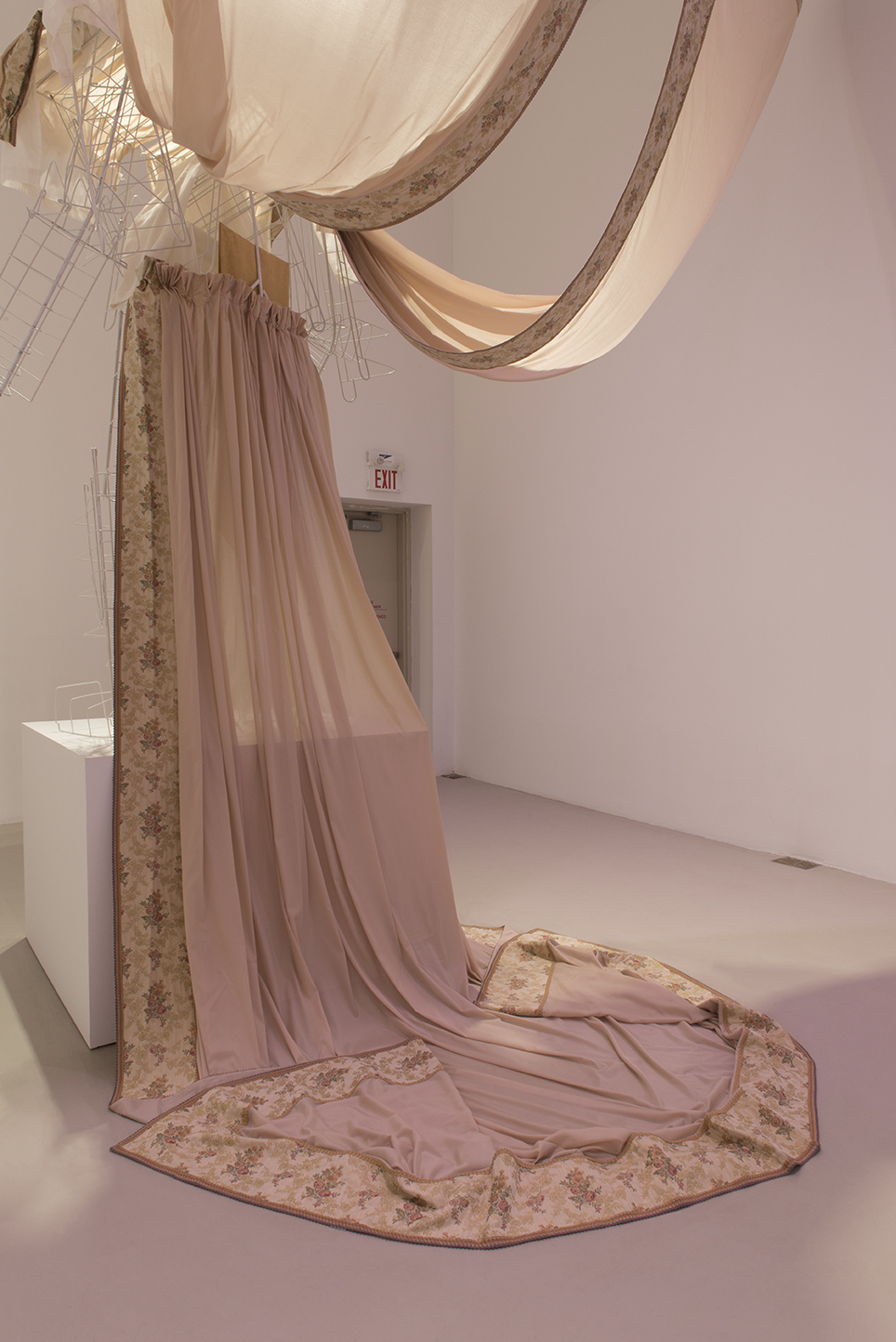MIGRATING THE MARGINS, ART GALLERY OF YORK UNIVERSITY
Group exhibition featuring the work of Erika DeFreitas, Anique Jordan, Tau Lewis, Rajni Perera, and Nep Sidhu in the fall of 2017.
From the website of the AGYU: “Everyone knows that Toronto is the most mixed city in the world, but can we imagine what Torontonians, and Canadians, think mixed means? When we imagine what mixed means we think back to Canada’s experiment with immigration and to the enshrinement of concomitant values of harmonization ensured by the Canadian Charter of Rights of 1982 and Freedoms and the Multiculturalism Act of 1988. In the Act, the government pledged not only to “recognize and promote the understanding that multiculturalism reflects the cultural and racial diversity of Canadian society and acknowledges the freedom of all members of Canadian society to preserve, enhance, and share their cultural heritage” but also to “promote the full and equitable participation of individuals and communities of all origins in the continuing evolution and shaping of all aspects of Canadian society and assist them in the elimination of any barrier to that participation.”
If the future of Canada was imagined in this inspired experiment, Toronto was the result. But if the bureaucrats back then imagined multiculturalism, they got mixed, which is not the same thing at all. “Continuing evolution and shaping” has turned out to be unpredictable and it is the children of these immigrant cultures who are now deciding what our common future looks like. If multiculturalism was meant to guarantee the rights of culture in the belief that cultures in Canada would exist harmoniously side-by-side in mutual respect, diversity is thought differently now. Diversity is not a case of maintaining separate but equal identities. Diversity is a matter of this mixing.
As part of a growing movement of revaluing place, the AGYU presents Migrating the Margins. Migrating the Margins looks to the future of Toronto art. The exhibition looks at the new conditions of artistic production in Toronto reflective of the vast changes in the city’s culture as a result of decades of immigration and life in the suburbs. The future is now and it is being defined and imagined differently in Toronto by a new generation of artists operating through principles of cultural mixing. We might not be totally there yet, but the artists of this exhibition are on the cusp in their examination or questioning of a new politics of identity and belonging. No overarching theme or point of view defines this project. Rather, this exhibition weaves together various lines of contemporary cultural inquiry, including: immigrant memory; dialogue with place origins through alliances with and allegiance to mothers; traces of Afro-Caribbean and Indian diasporas; the perseverance of Black life and the recovery of forgotten Black histories in Toronto; paeans to working class immigrant life in the suburbs and their burgeoning aesthetics; spirituality and sacrifice…
A mutation has occurred in Canada whereby we no longer need to look to the past to legitimate our history, as happens traditionally in national cultures. Let’s look to the future to validate our activities! This means (and here is the polemical part) that the idea of the Western project as exemplified in the historical continuity of avant-gardes, with its implicit concomitant privilege given to downtown art communities, has lost its authority. Migrating the margins to the centre does not mean moving them “there.” It means realizing that the margins, or the suburbs, are now the centre. Migrating the Margins looks at how a new generation of Toronto artists is imagining this place, and picturing its future, by realizing the conditions of the future that exist now—due to the unique situation of Toronto’s demographics. This imagination is the altogether different and unexpected product of the multicultural dream: a cultural synthesis unique to Toronto—now the mixing of cultures and not just their (un)equal representation.”



